Bartosz Topolski
Kleister: Key Information Extraction Datasets Involving Long Documents with Complex Layouts
May 12, 2021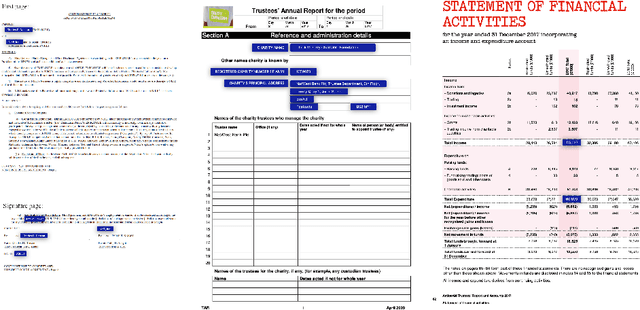

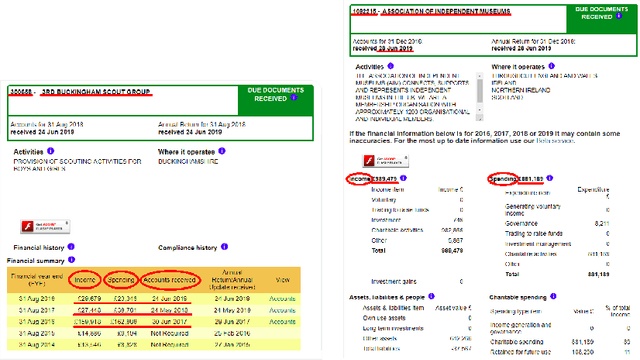
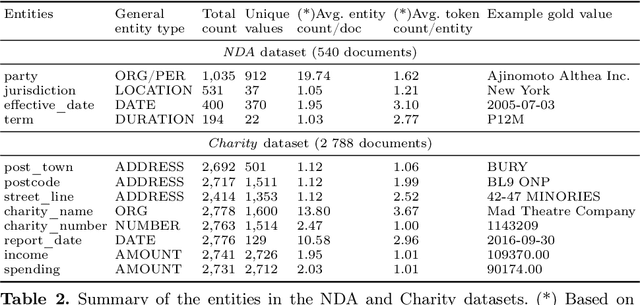
Abstract:The relevance of the Key Information Extraction (KIE) task is increasingly important in natural language processing problems. But there are still only a few well-defined problems that serve as benchmarks for solutions in this area. To bridge this gap, we introduce two new datasets (Kleister NDA and Kleister Charity). They involve a mix of scanned and born-digital long formal English-language documents. In these datasets, an NLP system is expected to find or infer various types of entities by employing both textual and structural layout features. The Kleister Charity dataset consists of 2,788 annual financial reports of charity organizations, with 61,643 unique pages and 21,612 entities to extract. The Kleister NDA dataset has 540 Non-disclosure Agreements, with 3,229 unique pages and 2,160 entities to extract. We provide several state-of-the-art baseline systems from the KIE domain (Flair, BERT, RoBERTa, LayoutLM, LAMBERT), which show that our datasets pose a strong challenge to existing models. The best model achieved an 81.77% and an 83.57% F1-score on respectively the Kleister NDA and the Kleister Charity datasets. We share the datasets to encourage progress on more in-depth and complex information extraction tasks.
Kleister: A novel task for Information Extraction involving Long Documents with Complex Layout
Mar 06, 2020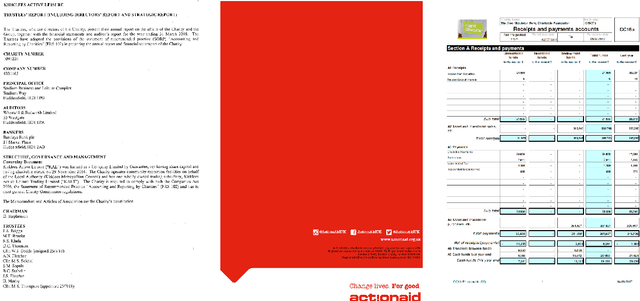
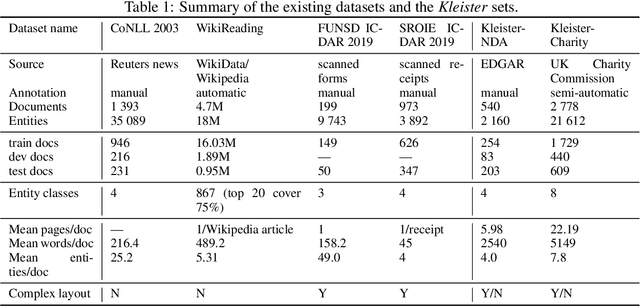
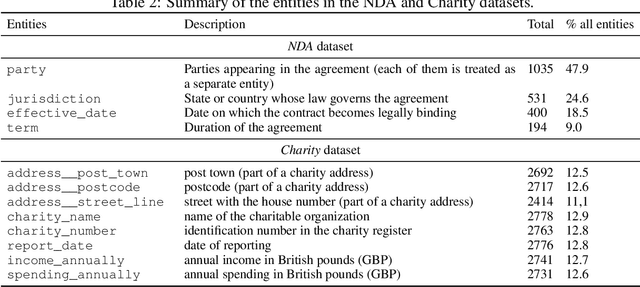
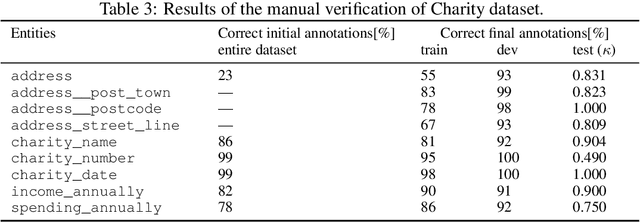
Abstract:State-of-the-art solutions for Natural Language Processing (NLP) are able to capture a broad range of contexts, like the sentence-level context or document-level context for short documents. But these solutions are still struggling when it comes to longer, real-world documents with the information encoded in the spatial structure of the document, such as page elements like tables, forms, headers, openings or footers; complex page layout or presence of multiple pages. To encourage progress on deeper and more complex Information Extraction (IE) we introduce a new task (named Kleister) with two new datasets. Utilizing both textual and structural layout features, an NLP system must find the most important information, about various types of entities, in long formal documents. We propose Pipeline method as a text-only baseline with different Named Entity Recognition architectures (Flair, BERT, RoBERTa). Moreover, we checked the most popular PDF processing tools for text extraction (pdf2djvu, Tesseract and Textract) in order to analyze behavior of IE system in presence of errors introduced by these tools.
LAMBERT: Layout-Aware language Modeling using BERT for information extraction
Mar 06, 2020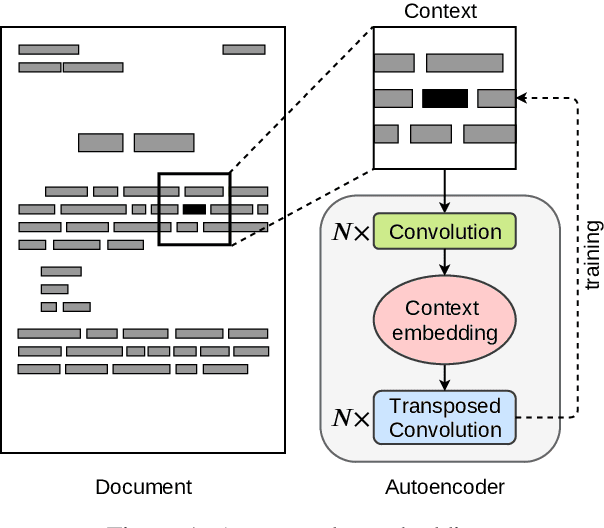
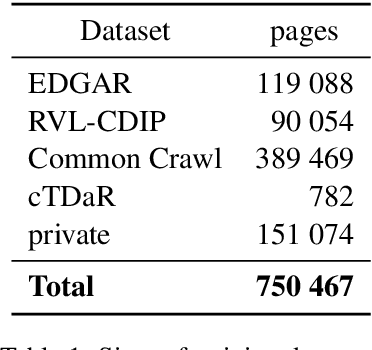
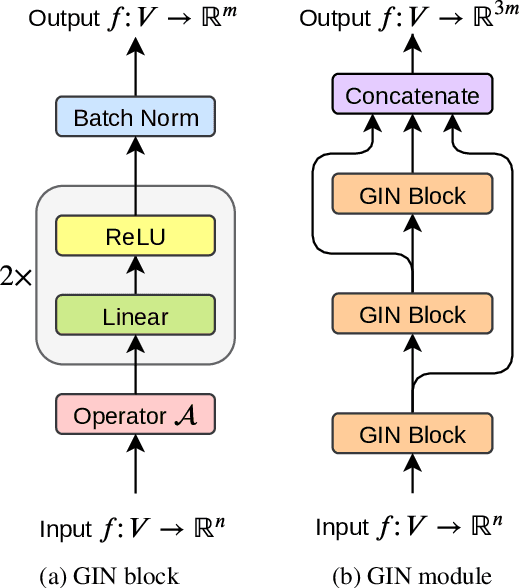
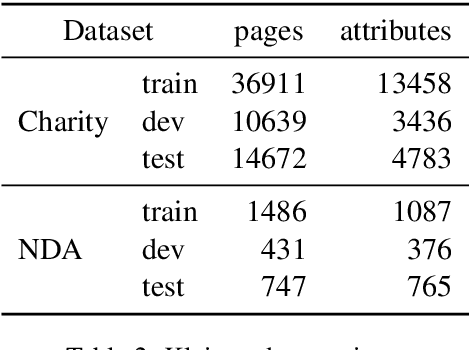
Abstract:In this paper we introduce a novel approach to the problem of understanding documents where the local semantics is influenced by non-trivial layout. Namely, we modify the Transformer architecture in a way that allows it to use the graphical features defined by the layout, without the need to re-learn the language semantics from scratch, thanks to starting the training process from a model pretrained on classical language modeling tasks.
 Add to Chrome
Add to Chrome Add to Firefox
Add to Firefox Add to Edge
Add to Edge